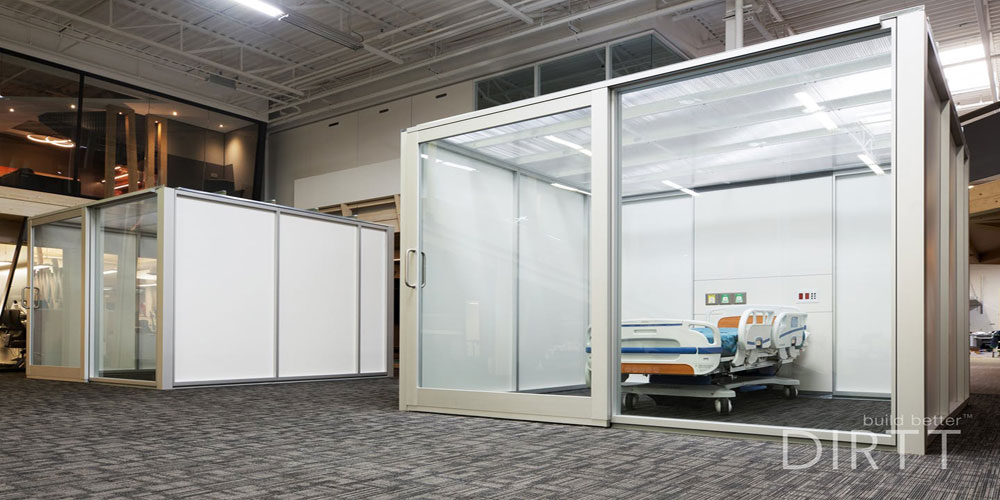Hospital side rooms, also known as isolation rooms or single-occupancy rooms, serve a critical purpose in modern healthcare facilities. These rooms are designed to provide a controlled environment for patients who require additional protection from the risks of infection or require privacy due to their medical condition. In this essay, we will explore the purpose of hospital side rooms and why they are essential for patient care.
One of the primary purposes of hospital side rooms is to prevent the spread of infectious diseases. When patients are infected with contagious diseases, it is essential to isolate them from other patients to prevent the spread of the infection. Hospital side rooms provide a safe environment for patients with infectious diseases, allowing them to receive the care they need without putting other patients, staff, or visitors at risk.
Hospital side rooms are equipped with negative pressure systems that control the airflow and prevent the spread of infectious diseases. The air inside the room is continuously filtered, removing any harmful pathogens, and preventing them from circulating to other areas of the hospital. This is especially important in the case of airborne infections like tuberculosis, which can quickly spread through ventilation systems.
Another purpose of hospital side rooms is to protect patients who have weakened immune systems or are at risk of infection. Patients undergoing chemotherapy, organ transplants, or other treatments that compromise their immune systems are at a higher risk of developing infections. Hospital side rooms provide an extra layer of protection for these vulnerable patients, reducing their risk of exposure to harmful pathogens and preventing the spread of infections.
In addition to infection control, hospital side rooms also provide privacy and comfort for patients who require it. Some medical conditions, such as psychiatric disorders, require patients to have a private space where they can feel safe and secure. Hospital side rooms provide a quiet and private environment for patients who need extra support, ensuring they receive the care and attention they need to recover.
Hospital side rooms also allow for more personalized care for patients. In a busy hospital setting, patients can sometimes feel like they are just a number, with staff rushing from one patient to the next. In a hospital side room, patients receive one-on-one attention from healthcare professionals, allowing for more personalized care and attention to their individual needs.
Furthermore, hospital side rooms can also be used for patients who are at the end of life. Patients who are terminally ill may require additional support and comfort as they approach the end of their lives. Hospital side rooms provide a quiet and peaceful environment for these patients, allowing them to spend their final days surrounded by their loved ones and receiving the care they need.
In conclusion, hospital side rooms play a critical role in modern healthcare facilities. They provide a controlled environment for patients who require additional protection from infectious diseases, privacy, or specialized care. By isolating patients who are contagious or at risk of infection, hospital side rooms help prevent the spread of diseases and protect vulnerable patients from harm.
